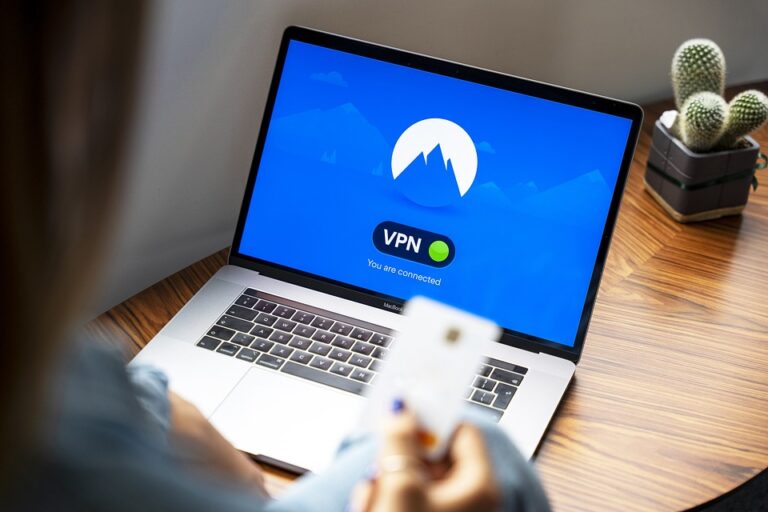Last updated Mar. 18, 2025 by Charles Zemub
Opening a bank account is a fundamental step for managing personal finances, ensuring secure savings, and facilitating everyday transactions. For non-US citizens, this process might seem daunting due to perceived complexities and requirements. However, the United States’ banking system provides several options for non-residents to open accounts, and understanding these can greatly simplify the process. This article will guide you through the steps necessary to open a bank account as a non-US citizen, including the types of accounts available, required documentation, and potential challenges, as well as solutions to these challenges.
Understanding the Types of Bank Accounts
Before diving into the process, it’s crucial to understand the two primary types of personal bank accounts available:
1. Checking Accounts
Checking accounts allow for everyday transactions, enabling account holders to deposit, withdraw, and transfer money with ease. These accounts typically come with debit cards and check-writing facilities.
2. Savings Accounts
Savings accounts are designed to store money over time, accumulating interest on the deposited amount. They may have restrictions on the number of withdrawals allowed per month.
For non-US citizens, most banks offer both personal and business accounts, each requiring different documentation. Business accounts, while more complex, are crucial for entrepreneurs wishing to manage their financial operations in the US.
The Process of Opening a Bank Account
Step 1: Research and Choose the Right Bank
Not all banks have the same terms for non-citizen account holders. Researching options like fees, services, account minimums, and international accessibility is beneficial. Consider large multinational banks like JPMorgan Chase, Bank of America, Citibank, or Wells Fargo, which are accustomed to handling accounts for foreigners.
Step 2: Gather Required Documentation
Traditionally, US banks require detailed documentation to open an account due to regulatory compliance with the USA PATRIOT Act. Nevertheless, the requirements can vary depending on the bank:
- Proof of Identity: A valid passport is essential. Some banks might accept other government-issued IDs, such as a foreign national ID card or a driver’s license, alongside the passport.
- Proof of Address: Documentation like utility bills or rental agreements may be required to prove residency. If you’re non-resident, some banks accept an international address.
- Social Security Number (SSN) or Individual Taxpayer Identification Number (ITIN): While an SSN is generally required, some banks accept an ITIN as an alternative.
- Visa Information: If applicable, banks may require information about your visa to verify your status in the US.
Step 3: Apply Online or Visit a Branch
Non-US citizens often have the option to apply either online or in person. However, visiting a branch can be beneficial since staff can guide you through the specific requirements and benefits available to non-citizens. Some banks also offer services in multiple languages, easing the application process for non-English speakers.
Step 4: Make an Initial Deposit
Most accounts will require an initial deposit. The amount can differ significantly from one bank to another, so inquire beforehand to prepare accordingly.
Step 5: Activate Your Account
Upon approval and after setting up online banking, activate your account. This often involves setting a secure password and PIN, then linking your account to a debit card.
Potential Challenges and Solutions
Challenge 1: Lacking a US Address
Solution: If a US address isn’t available, some banks permit the use of a foreign address. Alternatively, some international banks with US branches might be more flexible about this requirement.
Challenge 2: No SSN or ITIN
Solution: Obtaining an ITIN through the IRS is a viable step. Some banks assist applicants in acquiring an ITIN or accept alternative identification documents.
Challenge 3: Bank-Specific Requirements
Solution: Utilizing banks that have international branches can bypass some constraints. These banks might have processes already in place to accommodate foreigners without many hurdles.
[Matched Content] Section with Short Answer
✓ Short Answer
Non-US citizens can open a bank account by providing valid identification, such as a passport, proof of address, and sometimes a social security number or ITIN. Many banks, especially large multinational ones, cater to international clients and offer specific services to accommodate non-residents. It’s beneficial to research each bank’s requirements, as they may differ. Visiting a branch can provide personal assistance, and some banks may allow the use of a foreign address. With the right preparation and understanding, opening a bank account as a non-US citizen can be a straightforward process.
FAQs
Q1: Do I need to reside in the US to open a bank account as a non-citizen?
No, residency is not always necessary. Many US banks offer accounts to non-residents, although the requirements might vary.
Q2: Can international students open a bank account in the US?
Yes, most banks offer accounts specifically tailored for international students. These typically require a student visa and proof of university enrollment.
Q3: Are there banks that specialize in services for non-residents?
Large multinational banks like Citibank, HSBC, and Bank of America offer specialized services for non-residents, given their extensive international presence.
Q4: Can I open a US bank account online from abroad?
Some banks offer an option to start the application process online. However, most will require in-person document verification at a branch upon arrival in the US.
Q5: What is an ITIN, and how can I get one?
An ITIN (Individual Taxpayer Identification Number) is issued by the IRS for individuals who need a US taxpayer ID but do not have a Social Security Number. Applications can be submitted using IRS Form W-7.
Opening a bank account in the US as a non-citizen is increasingly feasible as globalization encourages financial institutions to accommodate international clients. While the process may seem challenging, understanding the requirements and planning accordingly can ensure swift setup and access to US banking services.



